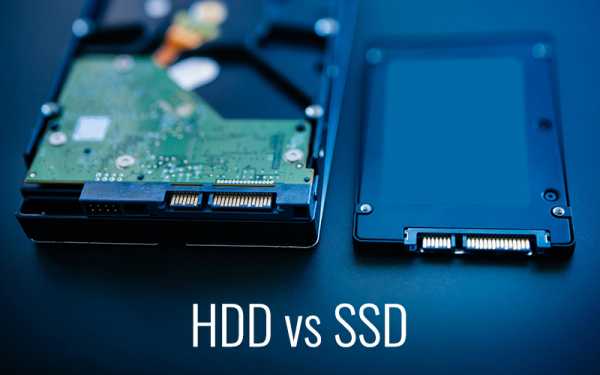Guide To HDD Vs SSD Difference
Do you want to upgrade your PC storage ??? But there is confusion between HDD and SSD so this guide will help you!!!
History of HDD and SSD

HDD
Hard drive technology is very old. In 1985, the size of a hard disk for a PC was 5.25 inches, which is now 3.5 inches for desktops and 2.5 inches for notebooks and laptops.
Today’s hard drives use serial ATA (SATA) whereas earlier they used IDE (Integrated Drive Electronics) Was used.
The current 3.5-inch hard drive has a maximum capacity of 14TB while the 2.5-inch has a capacity of up to 5 TB.
In contrast, the history of SSDs is much shorter.
The rise of SSD began in the late 2000’s. The first OLPC XO-1 used a 1 GB SSD followed by the Asus Eee PC 700 series using a 2 GB SSD as a primary store.
Over time the capacity of the SSD increased and saw many new changes, such as the mSATA Mini PCIe SSD card and the aforementioned M.2 SSD format (in SATA and PCIe variants).
But SSD is still found in the 2.5-inch form factor.
The SSD currently has a maximum capacity of 4TB. (Seagate Company offers a 3.5 inch SSD for industrial products such as servers)
Let’s talk a little bit about the advantages and disadvantages of both.
In a way, the function of both HDD and SSD is the same
Both save you boot your system, but both have a different feature, how they differ.
Speed: – In this case a SSD equipped PC can boot in less time than a unit while a PC with HDD takes longer to boot which is slower than SSD during normal use.
Applications can be launched faster in SSDs and it also has a higher speed of transferring files.
Durability: – No part of the SSD rotates so your data is safe even when your system is over or shaken. Most hard drives park their read / write vehicle when the system is off,
but when they When operating they fly on a drive platter a few nanometers apart. Also, parking brakes have limitations. If you are rough on your devices, SSD is recommended
Maximum and Normal Capacity: Although consumer SSD units are at the top in 4TB, it is still unusual and expensive. You are likely to get 500GB to 1TB units as primary drives in the systems. While 500GB is considered “base” hard drive capacity in 2020, price concerns could push it up to 128GB or 250GB for less expensive SSD-based systems. Users with large media storage or those who work in content creation will need more, 1TB to 4TB drives are common in high-end systems. Basically, the more storage capacity, the more content you can keep on your PC.
Overall: Hard drives win on cost and capacity. And SSD works best if speed, rigidity, form factor, are important factors for you. If it weren’t for price and capacity issues,
SSD would be the winner.
What would be the right storage for you?
So, will an SSD or HDD (or a hybrid of both) fit your needs? Let’s break it down:
HDDs
Enthusiastic multimedia users and heavy downloaders: Video collectors need space, and you can get 4TB of space cheaply from hard drives.
Get Budget Buyers: Ditto. Plenty of cheap space. The SSD 500 is too expensive for PC buyers.
- Graphic Arts and Engineering Professionals: Video and photo editors wear storage through excessive use. Replacing a 1TB hard drive would be cheaper than replacing a 500GB SSD.
S.S.D.
Dem Speed Monsters: If you need things now, spend extra bucks on SSD for quick boot-ups and app launches. Supplement with storage SSD or hard drive if you need extra space (see below).
We hope you find this article useful and if you found it useful, share it with your friends and you can ask any question related to computer in the comment section below.
Read More : Difference Between USB 2.0 Vs 3.0


